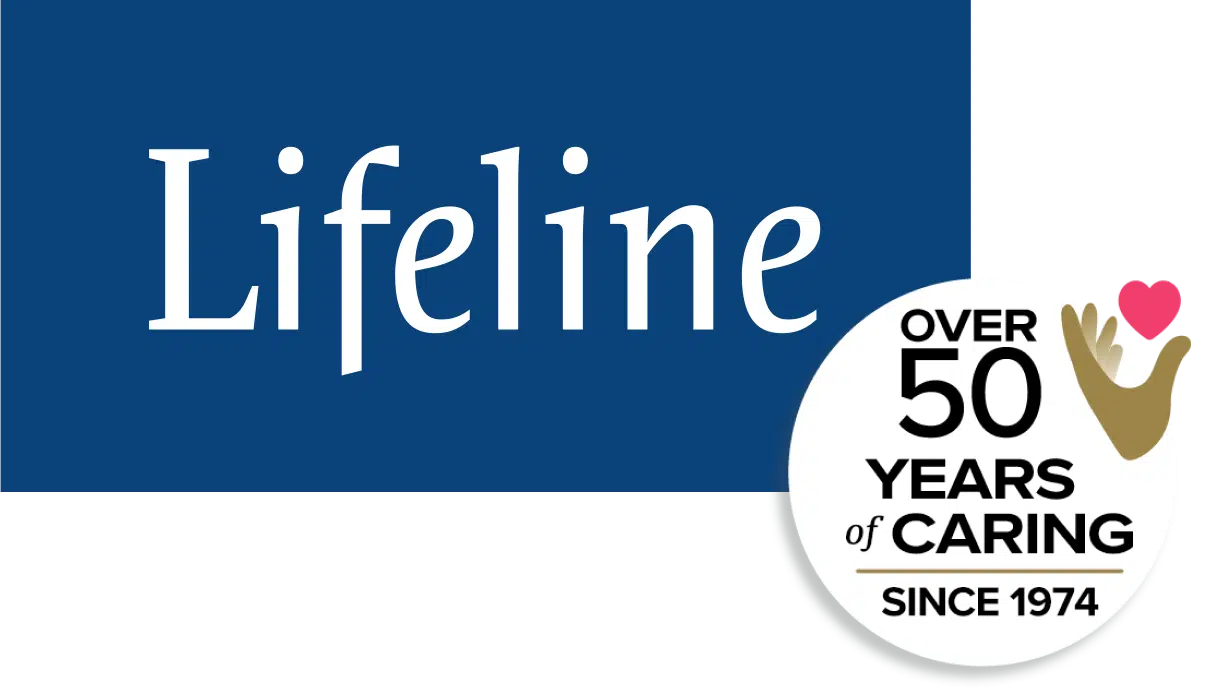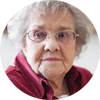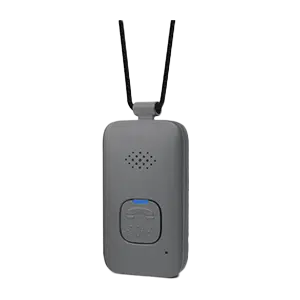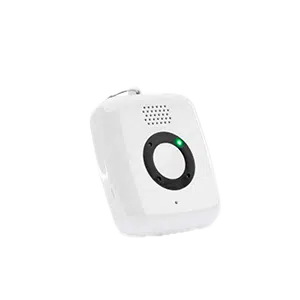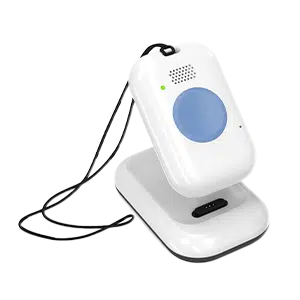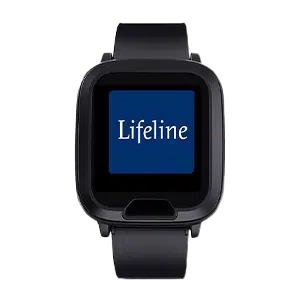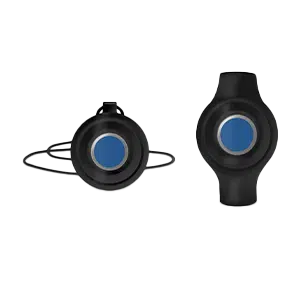Fall Prevention Techniques & Resources For Seniors
How To Avoid Serious and Fatal Injuries due to falls
How We Can Prevent Falls For Our Loved Ones
In Canada, a senior endures a fall every 12 seconds. Of these fall victims, 67% of them suffer from life-threatening injuries if they aren’t found within 72 hours. The best way to combat hip fractures or other injuries to the elderly from accidental falls is to prevent them from happening in the first place. In our falls prevention guide, we’ll address the main risk factors and give you tips for eliminating the most common causes of falls. The guide also includes advice on what to do if you happen to fall.
7 Chronic Health Conditions Increase The Risk of Falls Dramatically:
1. Arthritis
Reduced muscular strength and standing balance increases the risk of falls for your family member.
2. Obesity
Lack of exercise can lead to weak legs, which increases the chance of falling.
3. Functional Limitations
Impairs mobility and is a measurable predictor for recurrent falls.
4. Fear of Falling
Fear of falling often leads to a reduced activity level which in turn increases fall risks.
5. Multiple Medications
Numerous factors are associated with an increased risk of falling and fall-related injuries, but none is as potentially preventable or reversible as medication use.
6. Hypertension
Episodes of light-headedness and dizziness interfere with balance, coordination, and vision.
7. Diabetes
Common complications, such as peripheral neuropathy, retinopathy, and nephropathy, work independently and interdependently to increase falls risk.
Being proactive and taking care of yourself is great, but sometimes things are out of your control. Certain medical conditions can greatly increase the risk of falling. Are you over 65 and suffer from any of these health problems? If so, the risk of falling is much higher.
Approximately 80% of older adults have at least one chronic health problem, and one third are limited in their activity because of these problems. Many of the common chronic health conditions that affect older adults have a direct correlation to increased falls risk. In fact, falls are the leading cause of injury among older adults with 20-30% seniors experiencing one or more falls each year.
Falls Prevention Checklist For Seniors
Falls can happen anywhere at any time. We can help reduce the likelihood of trips and slips that lead to falls and minimize the risk of fall related injuries. Follow the tips on this list to reduce fall hazards in the home.
How can we prevent falls at home?
Here are the top 5 tips to preventing falls at home
- Remove all extraneous clutter in your house.
- Keep telephone and electrical cords out of pathways.
- Tack rugs and glue vinyl flooring so they lie flat. Remove or replace rugs or runners that tend to slip, or attach non slip backing.
- Ensure that carpets are firmly attached to the stairs.
- Do not stand on a chair to reach things. Store frequently used objects where you can reach them easily.
Outside your home
- Paint the edges of outdoor steps and any steps that are especially narrow or are higher or lower than the rest.
- Paint outside stairs with a mixture of sand and paint for better traction. Keep outdoor walkways clear and well-lit.
- Clear snow and ice from entrances and sidewalks.
Proper lighting
- Have a lamp or light switch that you can easily reach without getting out of bed.
- Use night lights in the bedroom, bathroom and hallways.
- Keep a flashlight handy.
- Have light switches at both ends of stairs and halls. Install handrails on both sides of stairs.
- Turn on the lights when you go into the house at night.
Bathroom tips
- Add grab bars in shower, tub and toilet areas.
- Use nonslip adhesive strips or a mat in shower or tub.
- Consider sitting on a bench or stool in the shower.
- Consider using an elevated toilet seat.
Walking assistance
- Use helping devices, such as canes, as directed by your healthcare provider.
- Wear nonslip, low-heeled shoes or slippers that fit snugly. Avoid walking around in stocking feet.
And don’t forget…
- Review medications with your doctor or pharmacist. Some drugs, including over-the-counter drugs, can make you drowsy, dizzy and unsteady.
- Discuss safe amounts of alcohol intake with your physician.
- Have your hearing and eyesight tested.
- Inner ear problems can affect balance.
- Vision problems make it difficult to see potential hazards.
- Exercise regularly to improve muscle flexibility, strength, and balance.
- Talk to your healthcare professional and physical therapist about exercise programs that are right for you.
- If you feel dizzy or lightheaded, sit down or stay seated until your head clears.
- Stand up slowly to avoid unsteadiness.
8 Lifestyle Fall Prevention Tips for Seniors:
In addition to the checklist, there are more things you can do to prevent falls. Here are 8 fall prevention tips that older adults can start using now to minimize the risk of falling:
1. Exercise regularly
Regular, moderate physical activity increases your muscle strength and balance. Your healthcare providers can provide an extra exercise program that’s right for you.
2. Follow a sensible, balanced diet
Good nutrition results in higher energy. And for stronger bones, remember to include calcium and vitamin D if approved by your doctor.
3. Do a home safety inspection
Eliminate obvious hazards (such as poor lighting, throw rugs and clutter). Add safety modifications (such as grab bars nonslip mats and night lights).
4. Take extra care
Take your time and think ahead, especially in new or unfamiliar places. When you rise from your chair, stand for a few seconds before walking.
5. Wear the right shoes
Select sturdy, low-heeled shoes with rubber soles for traction. Make sure they are fitted properly.
6. Have your healthcare providers reviewed your medications
Be sure to report all medications you are taking, both prescription and over the counter, so that your doctor can assess the benefits and risks of each drug.
7. Discuss your fears with your healthcare provider
Tell your doctor if you’ve experienced a fall, or if you’re having dizziness, balance problems or impaired vision. Balance classes, physical therapy or occupational therapy may be recommended to help you walk more safely and to get up correctly if you do fall.
8. Have a medical alert service
Knowing that prompt help is available can give you the confidence to be as active as possible. Consider using a trusted medical alert service to gain peace of mind.
3 Fall Recovery Techniques for Seniors:
The initial fall can take its toll, but what can happen after a fall if you aren’t able to get up? One half of seniors are unable to get up from a fall without assistance. Becoming helpless by not being able to get up from a fall can be extremely detrimental to your long term health. Getting up or getting help as quickly as possible will help prevent further injury from occurring.
Whether it’s your first time falling, or a repeat fall, there are certain steps you can perform by yourself to try and help improve the situation. By following these three steps, we hope that if you do fall, you can recover to a proper position.
1. Prepare
After your fall has occurred, the first thing you’ll want to do is prepare yourself to get back up.
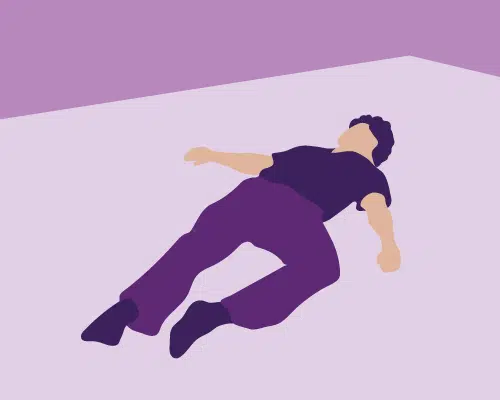
Getting up quickly or the wrong way could make an injury worse. If you are hurt, call for help using a medical alert service or a telephone.
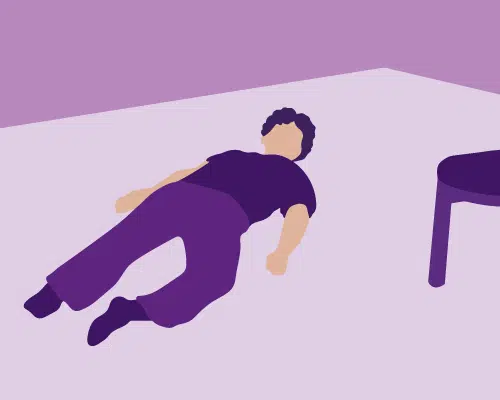
Look around for a sturdy piece of furniture or the bottom of a staircase. Don’t try to stand up on your own.
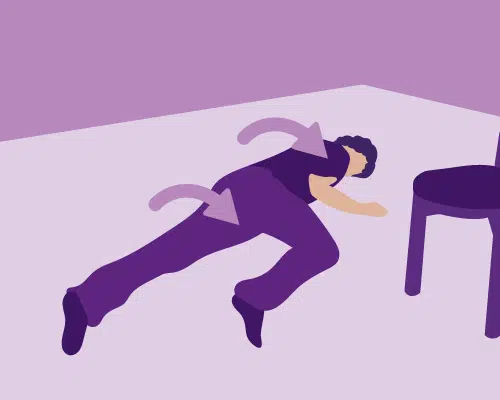
Roll over onto your side by turning your head in the direction you are trying to roll, and then move your shoulders, arm, hips, and finally, your leg over.
2. Raise
After you have done the necessary preparations, you’ll want to begin to rise towards a sitting position.
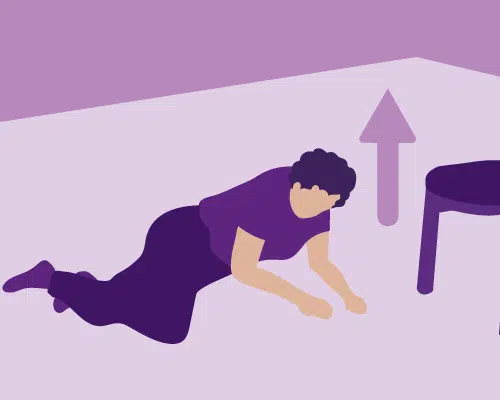
Push your upper body up. Lift your head and pause for a few moments to steady yourself.
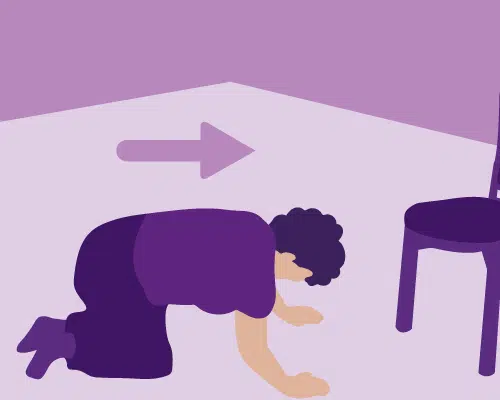
Slowly get up on your hands and knees and crawl to a sturdy chair.
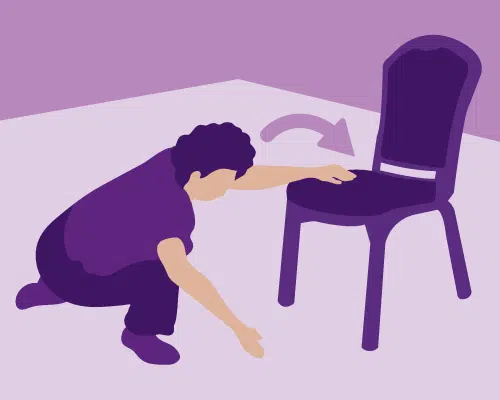
Place your hands on the seat of the chair and slide one foot forward so it is flat on the floor.
3. Sit
Finally, when possible, you’ll want to secure yourself sitting in a chair.
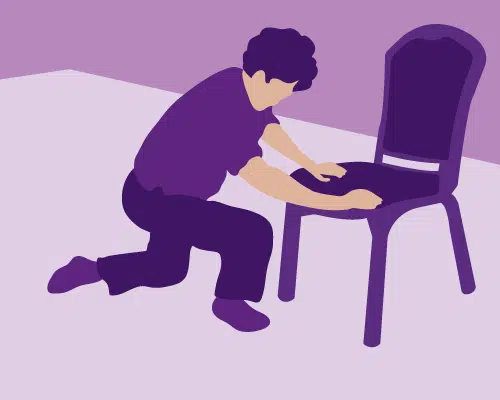
Keep the other leg bent with your knee on the floor.
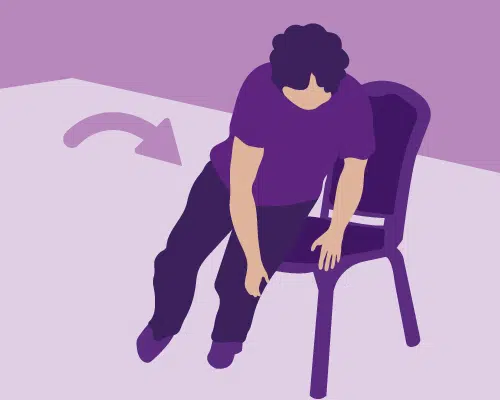
From this kneeling position, slowly rise and turn your body to sit in the chair.
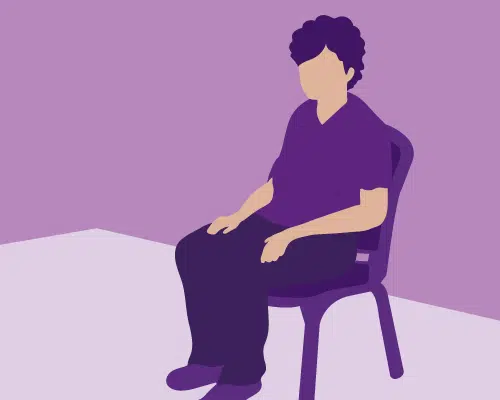
Sit for a few minutes before you try to do anything else.
Lifeline: Get Help When You Need It The Most
Looking for the most effective way to get help in case of all falls or emergency?
Get fast, easy access to help you need 24 hours a day, 365 days a year with a medical alert system with fall detection:
- You can rest easy knowing if a fall occurs and you become disoriented and can’t push the button yourself, Fall Detection fall detection will automatically alert our Response Centres that help may be needed.
- Get the right help, delivered at the right time. Depending on a level of help needed we’ll call a neighbour, loved one or emergency services. Enjoy peace of mind that assistance will arrive quickly if an accident occurs.
Our Medical Alert Systems & Fall Detection
